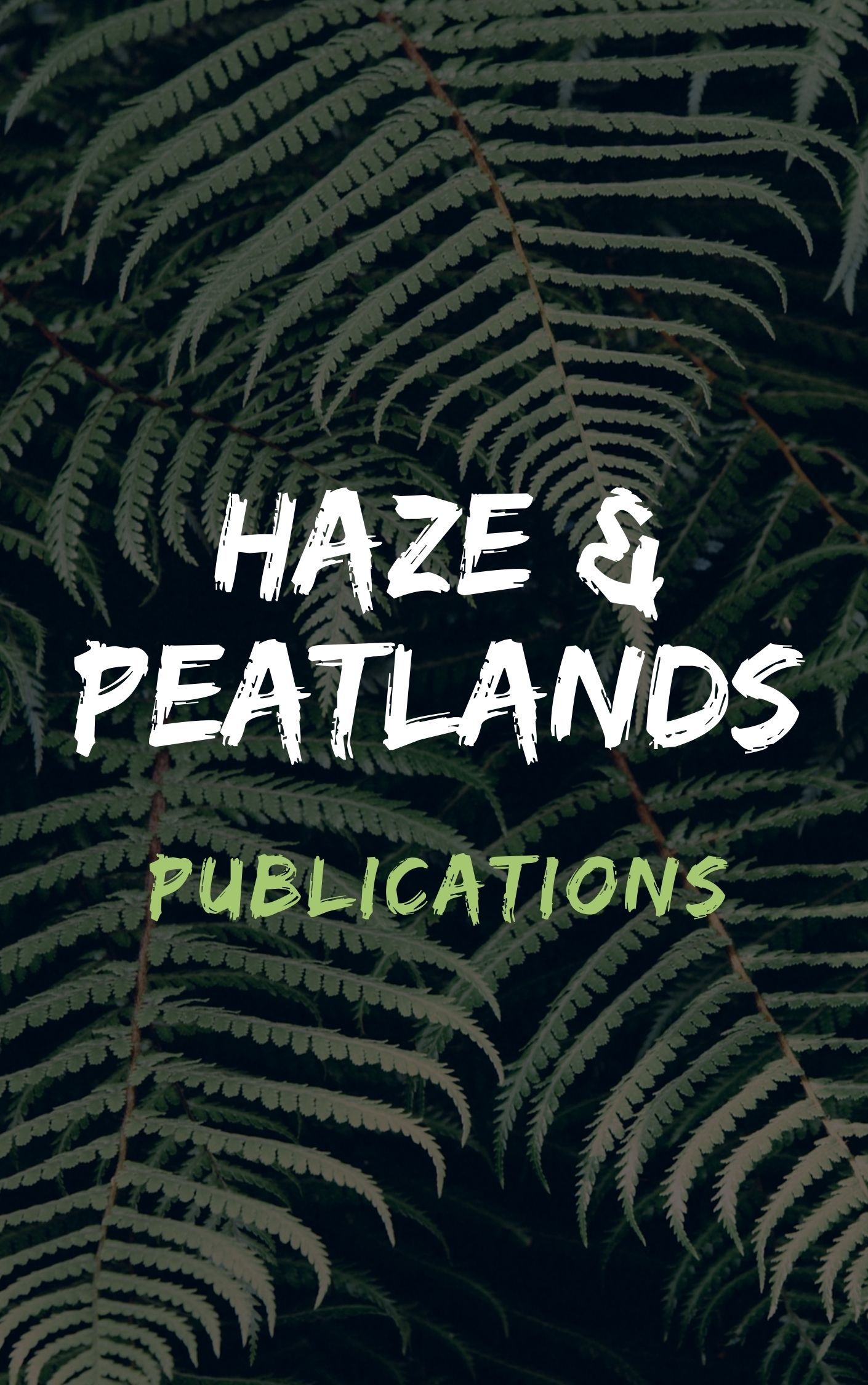The first comprehensive survey of gibbons (Hylobates spp.) across Indonesian Borneo was carried out over 3 years to (1) determine whether densities of gibbon species are correlated with vegetation characteristics, and if so, whether the same characteristics are correlated with density across all forest types; and (2) determine population densities in the survey areas and identify threats to the areas. To achieve this, a total of 8 forest blocks were surveyed, involving 53 independent survey locations and repeat surveys in 3 forest blocks. Our data show that gibbons are ubiquitous where there is forest; however, the quality of forest affects population density, forest block size affects longevity of populations, and populations are susceptible to the 'compression effect', i.e. populations occupy smaller fragments at unsustainably high densities. We show the effects of forest disturbance (logging, fire, fragmentation) on gibbon distribution and density and highlight issues for long-term conservation. We discuss the use of minimum cross-sectional area, habitat variables and presence of top foods to determine population density and to identify a threshold below which gibbons cannot persist. We discuss the conservation issues facing all Bornean gibbons, including natural hybrids (H. muelleri x H. albibarbis). The answers to these research questions will help mitigate threats to gibbons and their habitat, as well as identify key habitat for gibbon populations within and outside the protected area network.
View source

